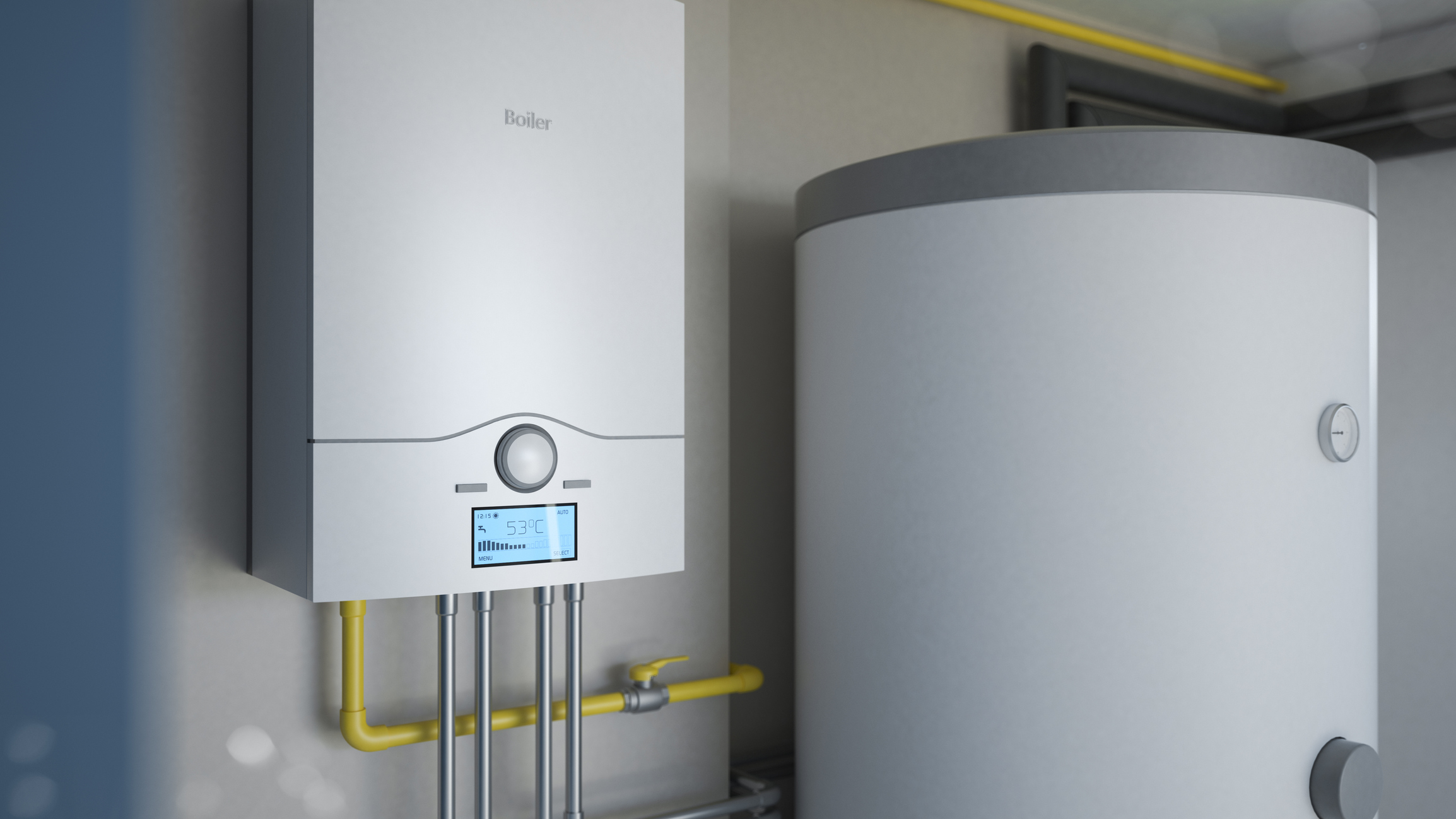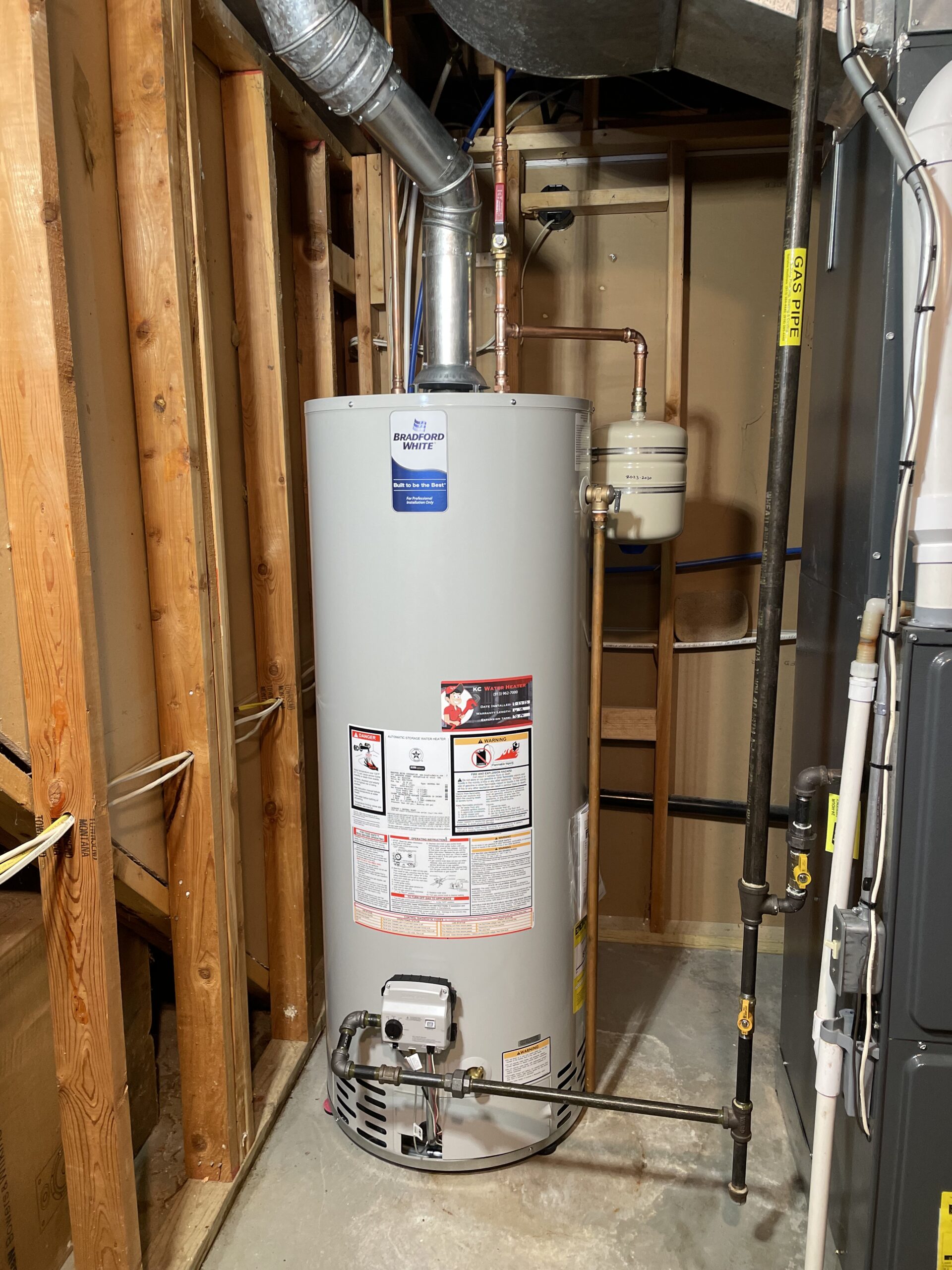How do you actually feel in relation to Tips on Maintaining a Water Heater?

Warm water is important for day-to-day comfort, whether it's for a revitalizing shower or washing recipes. To ensure your warm water system runs efficiently and lasts much longer, regular maintenance is vital. This short article supplies practical ideas and understandings on how to preserve your home's warm water system to avoid disturbances and expensive fixings.
Introduction
Preserving your home's warm water system might appear challenging, however with a couple of simple actions, you can ensure it runs smoothly for years to find. This overview covers everything from understanding your hot water system to do it yourself upkeep suggestions and understanding when to call in expert assistance.
Relevance of Keeping Your Hot Water System
Routine upkeep not just expands the lifespan of your hot water system but likewise ensures it operates successfully. Overlooking maintenance can bring about decreased performance, higher power bills, and also early failing of the system.
Signs Your Warm Water System Needs Maintenance
Recognizing when your warm water system requires attention can stop significant issues. Watch out for indicators such as inconsistent water temperature level, weird noises from the heating unit, or corroded water.
Flushing the Water Heater
Purging your hot water heater removes sediment build-up, improving effectiveness and extending its life.
Monitoring and Replacing Anode Rods
Anode rods stop deterioration inside the tank. Checking and changing them when broken is vital.
Facility Concerns Requiring Professional Assistance
Instances consist of significant leakages, electric issues, or if your hot water heater is consistently underperforming.
Routine Professional Maintenance Perks
Specialist upkeep can include comprehensive assessments, tune-ups, and making sure conformity with safety and security criteria.
Checking and Readjusting Temperature Level Settings
Adjusting the temperature setups ensures optimum performance and safety.
Do It Yourself Tips for Upkeep
You can perform several upkeep jobs on your own to maintain your hot water system in leading problem.
Checking for Leaks
Frequently check pipelines and connections for leaks, as these can bring about water damages and higher bills.
Understanding Your Warm Water System
Before diving into maintenance tasks, it's handy to understand the standard components of your warm water system. Normally, this includes the hot water heater itself, pipes, anode poles, and temperature level controls.
Monthly Maintenance Tasks
Normal regular monthly checks can help capture small issues prior to they intensify.
Testing Stress Relief Valves
Examining the stress relief valve ensures it works appropriately and protects against excessive stress buildup.
Protecting Pipelines
Protecting warm water pipes minimizes warmth loss and can save power.
When to Call a Specialist
While DIY upkeep is beneficial, some issues require expert proficiency.
Conclusion
Normal upkeep of your home's hot water system is essential for efficiency, durability, and price savings. By complying with these tips and understanding when to look for specialist aid, you can ensure a reputable supply of hot water without unanticipated disruptions.
How to Maintain an Instant Hot Water Heater
Before tinkering with your hot water heater, make sure that it’s not powered on. You also have to turn off the main circuit breaker and shut off the main gas line to prevent accidents. Also turn off the water valves connected to your unit to prevent water from flowing into and out of the appliance. 2. When you’re done, you have to detach the purge valves’ caps. These look like the letter “T” and are situated on either side of the water valves. Doing so will release any pressure that has accumulated inside the valves while at the same time avoid hot water from shooting out and burning your skin. 3. When the purge valves’ caps are removed, you have to connect your hosing lines to the valves. Your unit should have come with three hoses but if it didn’t, you can purchase these things from any hardware or home repair shops. You can also get them from retail stores that sell water heating systems. Read the user’s manual and follow it to complete this task properly. When the hosing lines are connected, open the purge port’s valves. 4. You should never use harsh chemical cleaners or solutions when cleaning your unit. Make use of white vinegar instead. It should be undiluted and you’ll probably use about 2 gallons. 5. Now flush your water heater. This task should probably take about 40 minutes. We can’t give you specific directions for this because the procedure is carried out depending on the type, model and brand of your heater. With that being said, refer to the user’s manual. 6. When you’re done draining the unit, you have to turn off the purge port valves again. Remove the hosing lines that you earlier installed on each of the water valves. Put the valve caps (purge port) back in their respective places and be very careful so as not to damage the rubber discs that are found inside these caps. 7. Now that everything’s back in place, check your user’s manual again to find out how to reactivate your water heating system. 8. Once it is working, turn one of your hot water faucets on just to let air pass through the heater’s water supply pipes. Leave the tap on until water flows smoothly out of it. https://www.orrplumbing.com/blog/2014/september/how-to-maintain-an-instant-hot-water-heater/

Hopefully you enjoyed reading our topic on Tips For Maintaining Your Hot Water Heater. Thanks so much for taking a few minutes to browse our article post. Loved our piece of writing? Please quickly share it. Help someone else discover it. We take joy in your readership.
Further Details